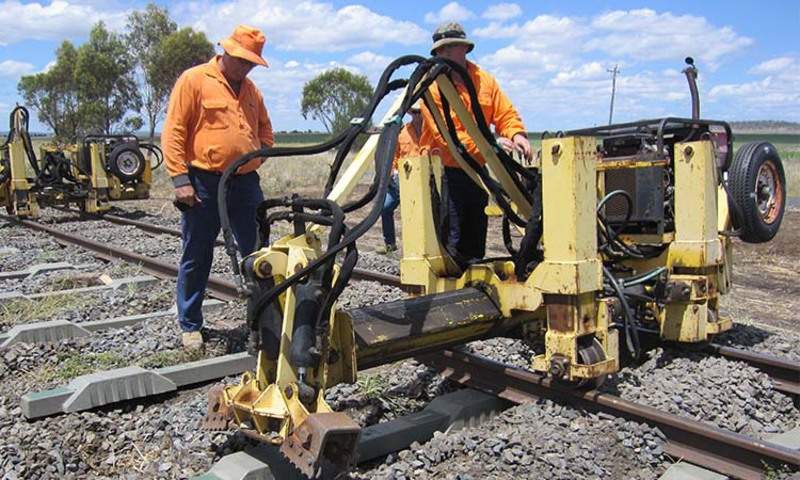
The University of Southern Queensland (USQ) in Australia has partnered with Austrak and Laing O’Rourke to develop composite technology that can serve as an alternative to timber in railway sleepers and bridge transoms.
The A$10m ($7.07m) project has received A$3m ($2.12m) in funding from the Australian Government Cooperative Research Centre Projects (CRC-P) initiative.
The partners will build on the existing research of USQ on the development of the fibre-reinforced polymer composites, which are resistant to warping and rotting, unlike the timber components.
They will work to commercialise materials and manufacturing railway sleeper technologies, which will meet all stiffness requirements of a railway system using fewer materials.
Currently, around 90% of the existing timber sleepers and transoms deployed across the Australian railway network are estimated to need replacing in the next ten years.
Accordingly, the deployment of the new technology will help to avoid constant repairs of the railway sleepers and service disruptions.
How well do you really know your competitors?
Access the most comprehensive Company Profiles on the market, powered by GlobalData. Save hours of research. Gain competitive edge.

Thank you!
Your download email will arrive shortly
Not ready to buy yet? Download a free sample
We are confident about the unique quality of our Company Profiles. However, we want you to make the most beneficial decision for your business, so we offer a free sample that you can download by submitting the below form
By GlobalDataUSQ Professor Peter Schubel said: “By working directly with Austrak and Laing O’Rourke, we can ensure the technology is delivered at the right cost point and commercialised to its full potential to rehabilitate the nation’s rail network.
“For the past 20 years, USQ has dedicated significant research effort into developing innovative sleeper and transom technologies based on polymer composite materials, so it’s extremely rewarding to see the culmination of this work formulate the design and manufacturing of this new technology.”
USQ estimates that in the next five years, many Australian rail-track asset owners will substitute the conventional timber-based system with an engineered composites system.
The new composites system is expected to have a lifespan of around 50 years, compared to the 15 years of conventional timber-based systems.



